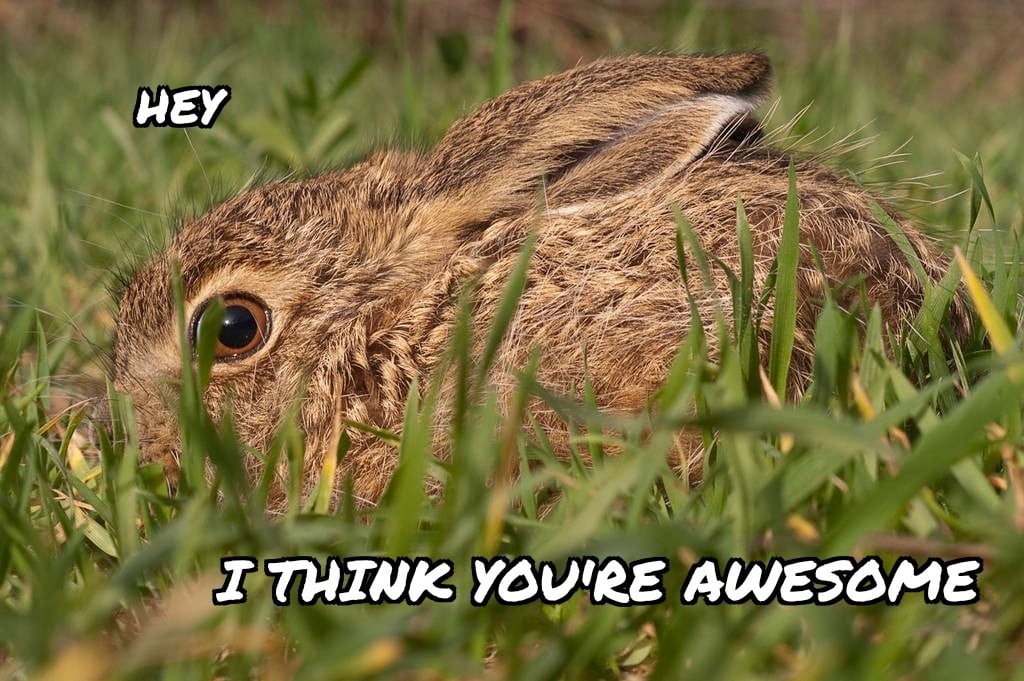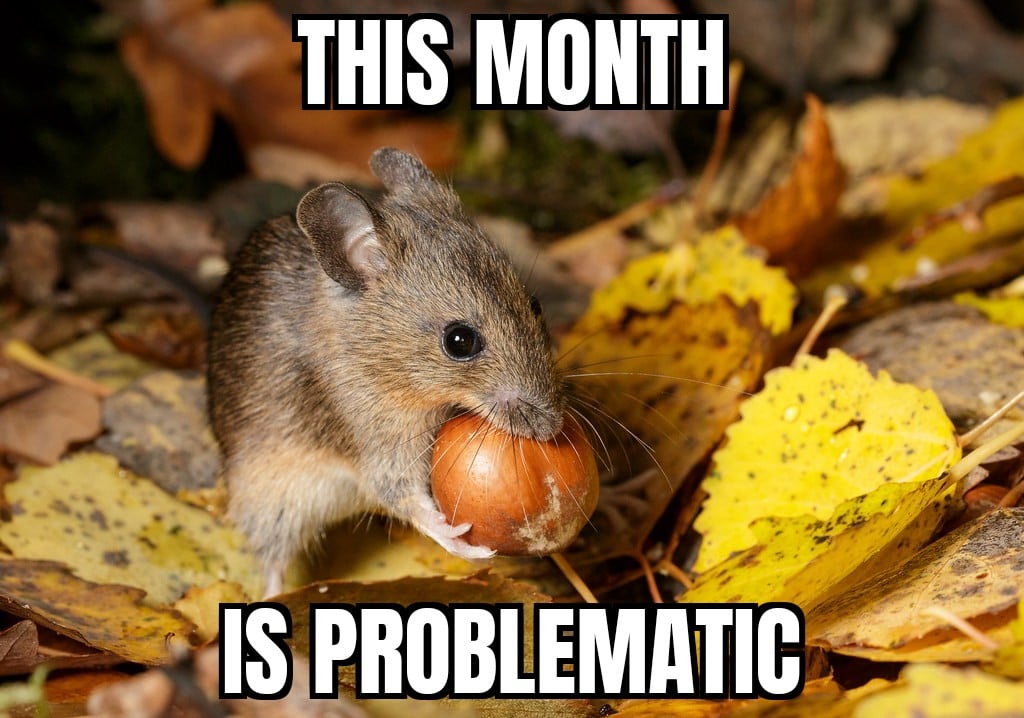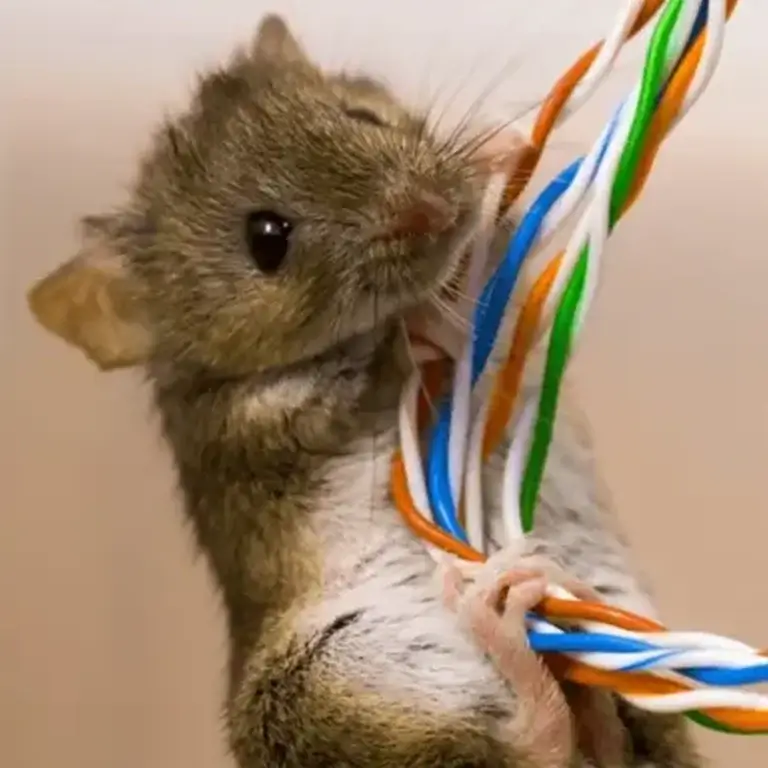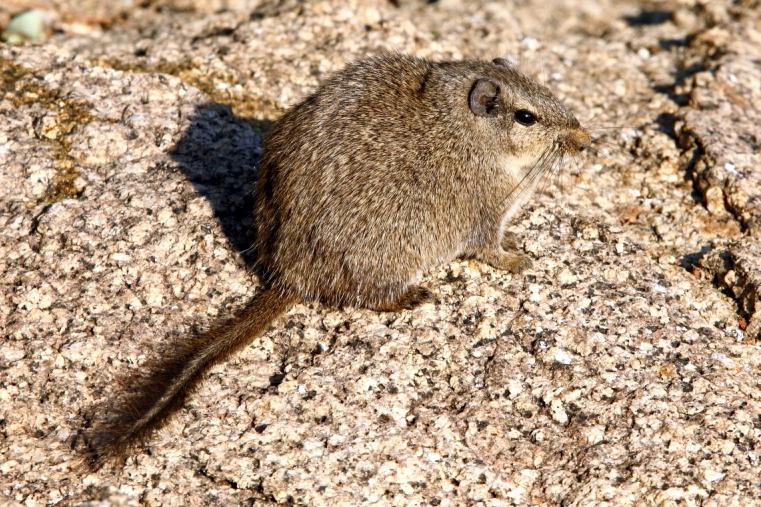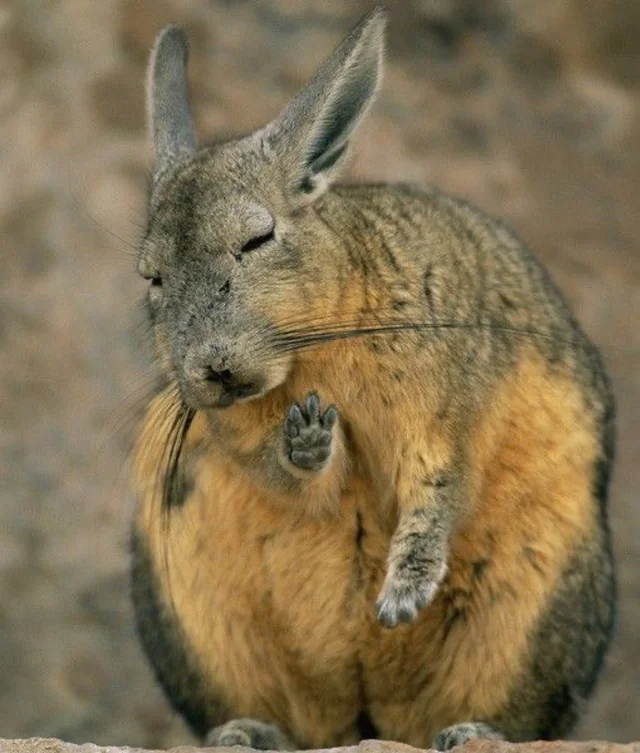Tan Eggs
785 readers
1 users here now
"When I'm a small prey mammal and I've evolved to survive the barren rocky landscape by optimizing into a tan egg"
For posts about animals that loosely fit the description above. While the animal does not have to hit all the requirements, it should hit some of them:
- Type: Prey
- Class: Mammalia (mammal)
- Habitat: Barren rocky landscape
- Appearance: Similar to a tan egg
Origin:
founded 9 months ago
MODERATORS
276
277
278
279
280
281
282
283
284
285
286
287
288
289
290
